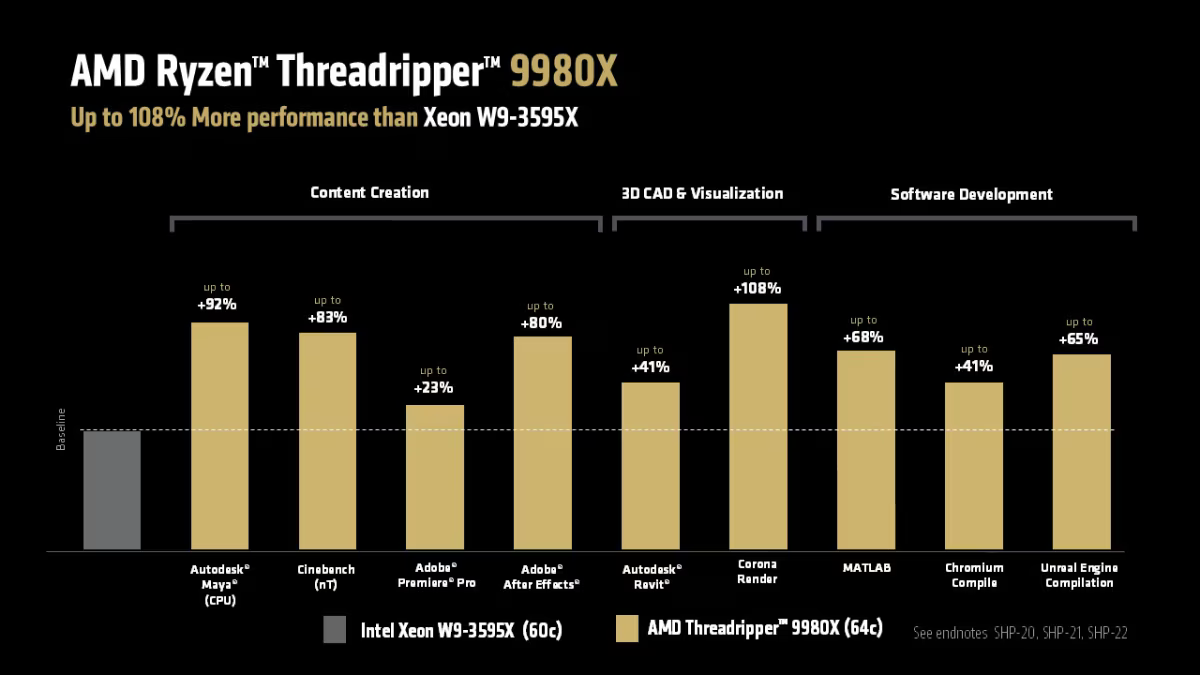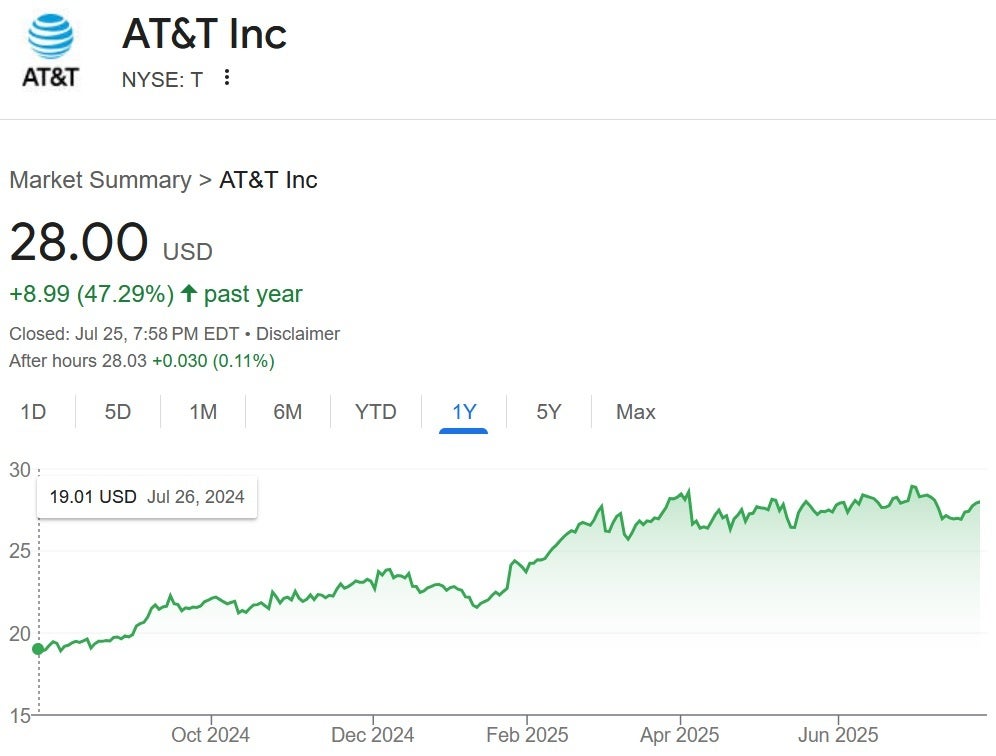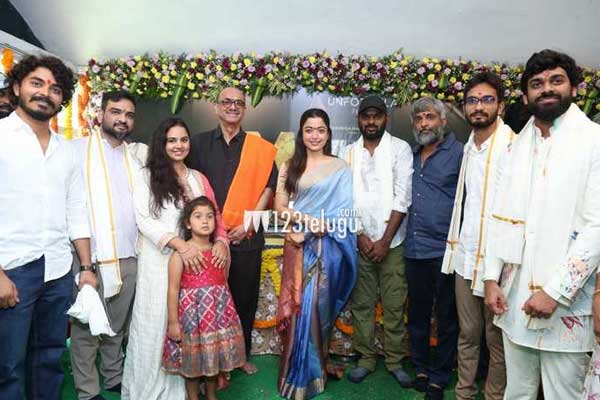This week, we talked to the director and producer of maybe the best film of 2024: The Wild Robot, DreamWorks’ masterpiece animated film featuring the voices of Lupita Nyong’o, Pedro Pascal, Stephanie Hsu, Mark Hamill, Matt Berry, and Catherine O’Hara. The film opened in theaters last month but is already on demand, aiming at a potential awards run, so director Chris Sanders and producer Jeff Hermann spoke to io9 about creating the fantastic film.
Based on a book series by Peter Brown, The Wild Robot tells the story of Roz (Nyong’o), a super robot who finds herself on an uninhabited island. She ends up taking care of a young goose named Brightbill and learns what it means to be a mother. To be honest, though, any simple description can’t do it justice. You really do have to see it for yourself.
But first, read our gushing with Sanders and Hermann below. There are some spoilers but we talk about the moment the movie revealed itself to them, the secret behind the best scene in the film, the possibility of a sequel, and what Sanders thinks about two of his previous films, Lilo & Stitch and How to Train Your Dragon, being adapted into live-action.

Germain Lussier, io9: Gentlemen, I love this movie. If there’s a better movie this year, we will be very lucky as a people because this is my favorite movie of the year so far.
Jeff Hermann: Oh my God.
Chris Sanders: Thank you so much.
io9: I really love it. So, I’m curious—when was the moment making this movie that it clicked and you’re like, “Oh, wait. This has the potential to really be something special, maybe even better than we expected?”
Sanders: We should both answer this. For me, we were pushing very hard for a really, really impressionistic painterly look for the film that we thought was appropriate. And I was looking for a level of sophistication in the imagery that would keep us from going too young inadvertently. So, for me, I saw some of these backgrounds as they were being developed, and the first time I saw one actually move and realized that it wasn’t a concept painting, but it was in fact the actual film, I had a moment of actual suspense because I was excited that we had actually gotten to the point that I’d asked to get to. But I was also worried because it was so different looking. I’m used to the look now, but at that point, I was like, “Oh my God. Have we gone too far? Is it too impressionistic? Is it too painterly? Is it too loose? Will it be somehow like—will it do the opposite of what I wanted it to do, which is instead of letting people in, will it kind of push people away?”
But a few weeks later when the first characters were placed in that environment and they were likewise painted, they were likewise covered with a painted surface, when I saw it all together for the first time with them acting, I felt like it was the opposite of my concerns. It was like we had something absolutely groundbreaking. And then I was super excited to go forward.
Hermann: Yeah. I think we always knew the potential for what the film could be or what we wanted it to be. What we saw in our minds. But Chris and I worked on this movie for three and a half years total, and a lot of the things that make this movie what it is and what a lot of people are reacting to, we didn’t actually get to see until closer to year two is beginning. So there is a great deal of suspense leading up to that: “Are we going to be able to do it? Is it going to work?” And not until we’re starting to see animation, until we start to hear the actors performing their roles, until we get to see some of the color final frames that Chris is talking about. And then once the music, which is such a big part of this one, starts to come in. That’s quite far down the road in terms of when those things finally reveal themselves to be what they are. And as each of those things kind of landed and fell into place, it was a constant reassurance of “Yes, this is going to work and it’s actually going to potentially be better than we hoped.”
io9: I saw it twice in theaters and the first time I was halfway through the movie and I’m crying, I’m like “Why am I crying?” And it’s the flying montage. And then the second time, knowing it was coming, the anticipation made me cry even more. Just the music, the song, the editing, the fact that it kind of has that pause in it where we get that new information and then comes back. It’s just so beautiful. Can take me through the development of that sequence because like I said, it’s my favorite part of an already incredible movie?
Sanders: Well, there were three things going on in that particular moment and I’m glad you mentioned the music because I think the other thing that Jeff and I were feeling all the way through, we sat down with [composer] Kris Bowers very early on and he understood the scale of the job in front of him and how important he was going to be to this whole thing. Because really music is the voice of a lot of different sequences, including the one that you’re talking about. So we had the score that was going to be covering that entire three-part bit in the center of the film. We also had just the story that we were dealing with. We also had songs that we were going to place over the whole thing. And getting the song to work and to span those three sequences, hold it all together as a singular idea, but also not get to the point where it started just getting repetitive—like we just kept dropping a record needle back on the same song and keep trying it back over and over again—we don’t want that to happen either. That was the most important sequence in the film up to that point. It’s the midpoint of the film and we don’t want anybody to feel like, “Oh, I’m getting bored.” So that whole thing, I think, Kris Bowers gets a lot of credit there.
Hermann: He does, he does. That song, “Kiss the Sky,” when it was written, it was written as a two-and-a-half, three-minute song. And what we found was we needed it to cover a six-and-a-half, almost seven-minute span of the film. So originally we were just placing the song over the first third of that training montage. And then finding out that with the song kind of wrapping up before the rest of the training happened, it was hard to find somewhere musically to go to top what we just did with the song. And it was Kris Bowers who really kind of rolled up his sleeves and said, “Let me take a pass at this.” He had some thoughts and he took that song, that three-minute song and broke it apart and fused it with score interludes to hold it together and basically recrafted the whole thing as a six-and-a-half, seven-minute piece of music. That song going into score, coming back into song, that was exactly what it needed and [was] something we couldn’t articulate or imagine ourselves in terms of how to solve. But having our composer Kris on as early as we did really helped us solve that at a key point in our development.
io9: Awesome. Like I said, it’s absolutely incredible. Chris, two of your biggest movies both have live-action adaptations happening right now: Lilo & Stitch and How to Train Your Dragon. How involved, if at all, are you in those and what are your general thoughts on the task before the filmmakers of that transition?
Sanders: Dragons I’m technically an executive producer. What that really means in a practice sense is that Dean [DeBlois, the director] invites me to drop in from time to time, take a look at things and just like give comments and notes, because I think we always rely on each other as far as being our most trusted critic when it comes to each of our projects. Because Dean [did] the very same thing for this film. He’d come and take a look periodically and give notes and things like that. I will always be part of Dragons because I was 50% of writing the original script. So my DNA will always be in there as Dean does that.
Then as far as Lilo & Stitch is concerned, I got to return and do the voice [of Stitch]. So that was spectacularly cool. And I was really grateful to the director for reaching out and asking if I’d be interested in doing it. I was like, absolutely, 100%. So that one I haven’t seen the finish yet. It’s still in flux. I’ve seen a lot more Dragons. So I’m definitely excited about both of them.

io9: But can you even imagine them happening? A lot of the time a story is told in animation because, we love the medium, but also live-action would be impossible. Like for Transformers One a producer said that movie could cost like $200 billion in live-action. Did you ever ever think you’d see those movies in live action and could this movie ever be adapted to live-action?
Hermann: That’s curious. Adapting this movie would be like a little bit like when they did Lion King.
Sanders: Yes.
Hermann: Animation going to another form of animation.
Sanders: But it’s still animation.
Hermann: So I imagine there would be certain days you would have a practical Roz on set, but you’d have 100% animated animals because there’s just too much acting. So that wouldn’t be super far away from where we are right now.
Sanders: I think the neat thing is because of the CG assist on this film, back in Lilo & Stitch days, there was only so much we could do cinematically. So that’s one of the big plusses I think in getting that. With Dragons, cinematically we were able to do a lot of stuff because we had our CG cameras and things like that, but there’s still more textures and more, I think, intimate things to explore when you get live actors in there doing their thing. So certainly there’s a place to go. And then with Lilo & Stitch, again, there was no CG back then. We had a choice to go CG or traditional when we made that film because we had both technologies running at the same time at the studio. I chose to go traditional because I understood that with my character designs, those in CG, especially at that time, would not have been appealing. They would have been like pretty… germy, just to be honest, with those kind of shapes and things. You might have a better chance now with more advanced CG, but yeah, back then it was the right choice to go traditional. So there’s a lot of stuff that could be done as far as like just cinematically pushing it.

io9: Chris, you were quoted in a couple of interviews saying that a sequel is something that’s in the works. I know there are two more books [in Peter Brown’s Wild Robot series], but how real is a sequel to The Wild Robot at this stage? There’s no green light, right? What is happening?
Sanders: Yeah, it’s not green-lit yet. We’ve all read the book series because we wanted to know where the series was going. We needed to understand that, because we needed to understand how we wanted to end the first movie, which is true to the first book. I actually wrote two different versions of the ending of this particular movie because I didn’t want to feel like I was being presumptuous, that like there would be any others. But to the credit of Margie [Cohn] and Kristin [Lowe], who were our executives, they immediately came back and said, “No, do the ending that is true to the book.” So my challenge then, and all of our challenge, became, “Okay, how do we end this book? How do we end the story so that Roz goes back to the mainland, which she does in the book, but how do we keep it satisfying?” If there was never another movie, we want this one to be a self-contained satisfying story that can be watched forever and ever and ever. And you would still feel something very powerfully at the end. I think for that reason, we wrote the ending just like we did so that she gets to see Brightbill and we can affirm to the audience that no matter what Roz is going to be doing next, it’ll still be her. She never got reset. We wanted to confirm that for everybody.
io9: Yeah. it’s perfect. And my last thing is, as I keep saying, this is my favorite film of the year out of anything so far, but in terms of Best Animated Film, you have some tough competition with Inside Out 2 and maybe even Transformers. What do you guys think your chances are of maybe being up on stage at the Kodak in a couple of months [at the Oscars]?
Sanders: You know, I think I’ve got a better shot this time than I ever had. [Laughs] You know, when Lilo & Stitch came up, that was my first nomination. And there was this other guy named “Miyazaki” that was also nominated. I’m like, I’m not going to really bother wasting my time writing an acceptance speech. [Laughs]
io9: Well, I’m pulling for you guys and congratulations on the movie. It’s truly beautiful, I hope we get another one, but even if we don’t, you guys absolutely nailed it. Thank you so much for everything.
The Wild Robot is still in theaters and is also available on demand.
Want more io9 news? Check out when to expect the latest Marvel, Star Wars, and Star Trek releases, what’s next for the DC Universe on film and TV, and everything you need to know about the future of Doctor Who.







